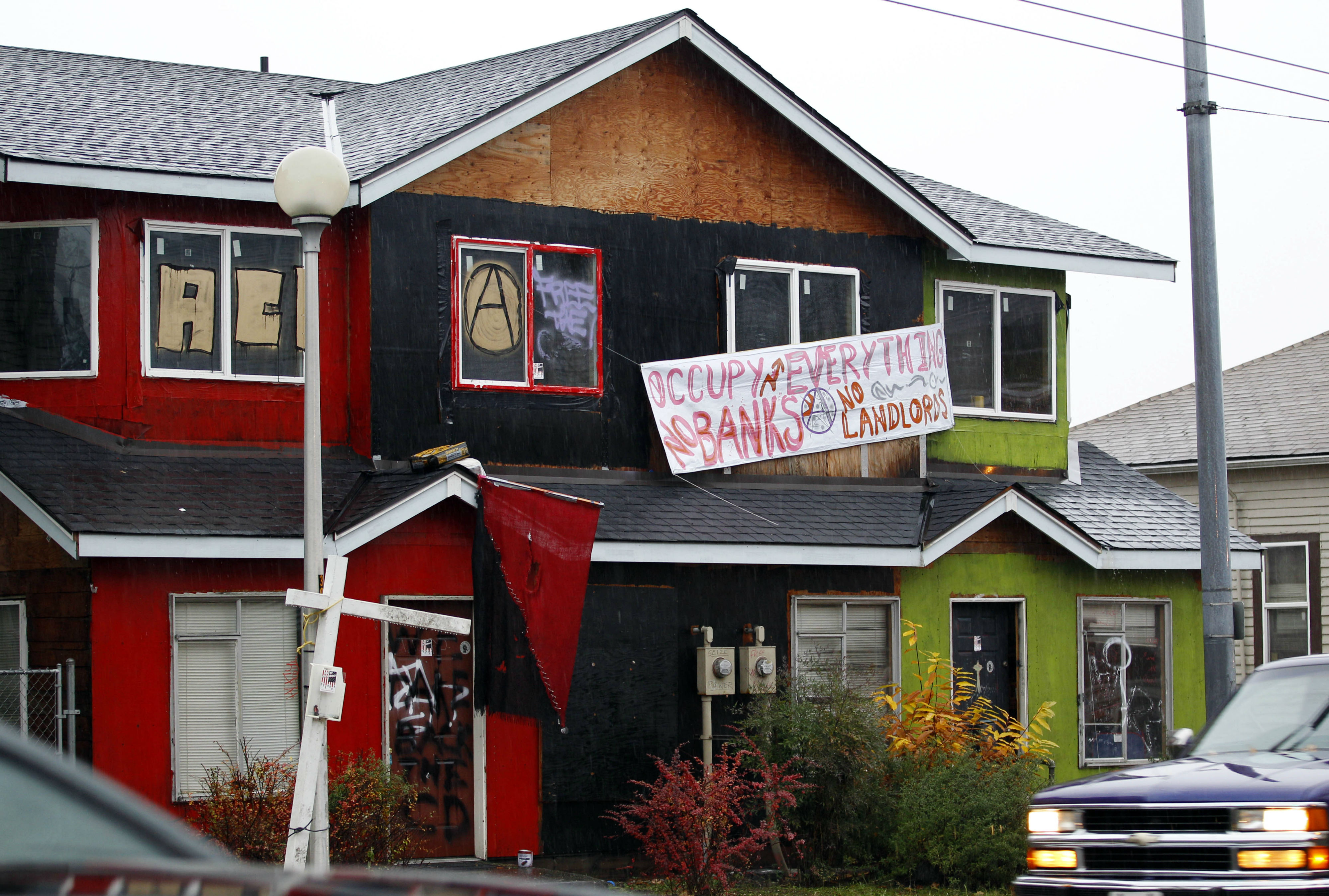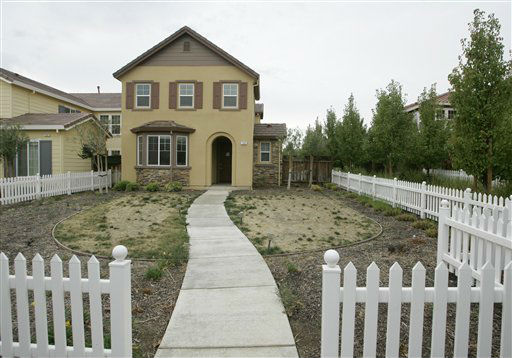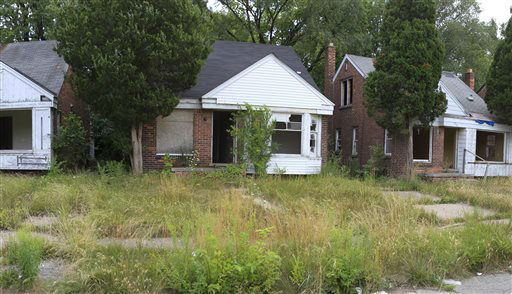In first-quarter 2013, there were just over 133 million housingunits in America and 10.7% of them–more than 14.2 million–werevacant all year round, according to the U.S. Census Bureau.
|A recent study by RealtyTrac found that 45% of those emptyforeclosures didn't have a forwarding address. Florida leads thenation in vacant foreclosures, with 90,556. Illinois came in secondwith 31,668 empty distressed homes, followed by California with28,821, and Ohio with 17,367 vacant properties.
|Insurance vacant property can be a lucrative niche market forindependent agents and brokers. We asked Diana Matalka, assistantvice president for American ModernInsurance Group's property products East region division, aboutthe basics agents need to know about this coverage. Read herresponses on the following pages.
|
1. What types of risks are mostcommon with vacant properties?
|The most common risks with vacant properties are vandalism,theft and water damage. Top vandalism losses include: stolenair conditioner units, stolen cooper pipes and stolenwiring. Vandals and squatters can also break into vacantproperties and cause several types of damage, such as water damageif the water has not been shut off or they may start a fire tryingto keep warm in the winter.
|
2. How has coverage and pricingbeen for vacant property over the last few years?
|Pricing for vacant homes has been relatively flat over the lastfew years, with some areas of the country experiencing slightincreases and others seeing slight decreases depending on thestate, location and carrier experience in the state. Becausemore homes are becoming vacant in suburban areas all over thecountry, several surplus carriers entered the market with increasedcoverage options at very competitive prices. To meet these changesin the market, American Modern introduced a vacancy permissionoption to use with the dwelling fire programs which avoidscancel/rewrites when the home is occupied.
|
3. What should agents keep in mindwhen applying for vacant property coverage for theirclients?
|Historically, standard insurance companies shy away from vacanthomes, so agents should first find a specialty insurance companythat specializes in providing coverage for vacant homes and makesure they have a high rating. Then, the agent will need tomake sure they understand the coverages and exclusions of thatparticular policy. Agents should be sure they know what typeof claims will be covered, particularly with losses relating tostolen copper wiring or air conditioning units.
|Another aspect to consider is whether their client is planningrenovations to a vacant property. Agents should ask thepolicyholder if they are planning to do any renovations and if so,make sure they understand the extent of the renovations. Fromthat information, agents can evaluate the client's need forbuilder's risk coverage for extensive renovations.
|.jpg)
4. How can agents find moreopportunities to write vacant property insurance?
|I would suggest that agents network with property managementcompanies, investment companies, real estate agents and lendinginstitutions. If possible, agents can stop by their local realestate agents office or lending institution and let them know thatthey can help provide the insurance for vacant dwellings and seehow they may be of service. Also, agents should make suretheir website will show up in a web search for vacant homeinsurance and list vacant homes as a specialty on your website.
|
5. What recommendations would you make to agents to helpprevent losses in vacant properties?
|If the owner is not able to check the home weekly, agents shouldsuggest that they hire a property manager to maintain theproperty. To prevent losses, agents should be sure that thewindows are boarded up and that the dwelling is secured to preventvandalism and squatters. To prevent frozen pipes and waterdamage, agents can either ensure the water is shut off anddrained from the pipes or, alternatively, they can confirm that theheat is maintained in the building. Ultimately, agents shouldcontinue to maintain the property to let intruders know thatsomeone is checking the property regularly and that the buildinghas not been abandoned.
Want to continue reading?
Become a Free PropertyCasualty360 Digital Reader
Your access to unlimited PropertyCasualty360 content isn’t changing.
Once you are an ALM digital member, you’ll receive:
- All PropertyCasualty360.com news coverage, best practices, and in-depth analysis.
- Educational webcasts, resources from industry leaders, and informative newsletters.
- Other award-winning websites including BenefitsPRO.com and ThinkAdvisor.com.
Already have an account? Sign In
© 2024 ALM Global, LLC, All Rights Reserved. Request academic re-use from www.copyright.com. All other uses, submit a request to [email protected]. For more information visit Asset & Logo Licensing.








